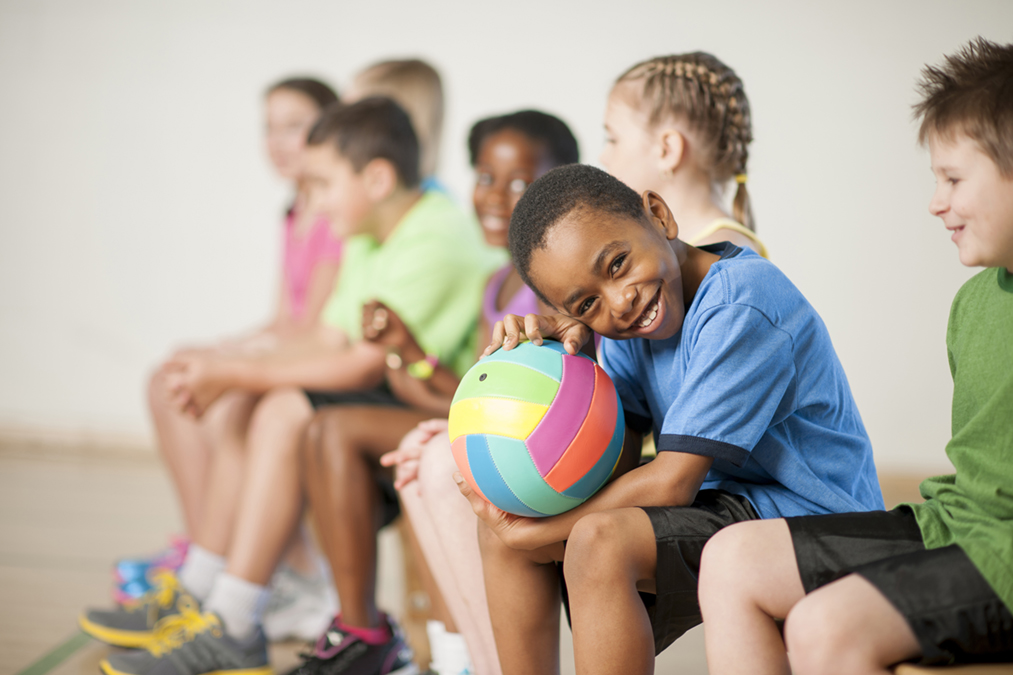
How to buy happiness
How to buy happiness
Student health and wellness with life and school balance
By Chloe Arias | September | October 2020
Being an educator is challenging because you are more aware of a world that requires “fixing.” Our students often struggle with managing life and school because our reality is constantly shifting. How can educators help students balance school and life? For those educators who don’t have time to read this article, the answer is as follows: Don’t teach students to balance school and life — teach them to balance themselves. Now that you know the answer, I hope you apply this to your own life. Next time you’ll have more time to read my articles since you’ll be living a more balanced life.
A balanced life lends itself to a happier life. They say money can’t buy happiness, but balance can. Balance buys time and time buys more opportunities to be happy. So the question was never a matter of balancing school and life, but the essence of managing oneself. The problem lies with the antiquated school system that confines us to forgo self-regulation instead of mass compliance. Most of what we do as educators indirectly goes against teaching self-discipline, even though we think we are motivating kids to be more responsible students. I’m sure we could all list examples of what we do to help students balance school and life, such as a planner, self-assessment, or autobiographical narratives. But just like celebrating Black History Month in February falls short of being culturally responsive, “responsible tasks” fall short of teaching students how to truly balance themselves.
And so now the answer to the new question: “How do you teach students to balance themselves?”
Lifelong learner or self-taught?Discipline or management?Perfection (A+) or Failure (F)?She is a good teacher or I learned a lot?School lens or global lens?Cultural or generational?Running the school or owning the school?Impress or impact?
Let me start by framing my statement within the context of the old pedagogy. Bell-to-bell instruction includes Social Emotional Learning. A staple of SEL is balance. We can no longer live in the framework that juxtaposes the school world with the real world. We are not preparing students to exit school and enter the real world. They are living in the real world in real time. The more we “school” students, the less educated they become. If we don’t start having real conversations with our students and help them understand the importance of balancing oneself, they will strive for perfection and fall short every time because school and life become a balancing act. Balance is not something you find, it is something you create from within.
Chloe Arias works for the Rivercrest Online Academy in the Jurupa Unified School District.
Chloe Arias works for the Rivercrest Online Academy in the Jurupa Unified School District.
ADVERTISEMENT


